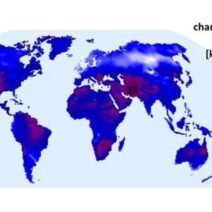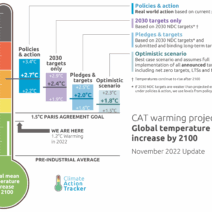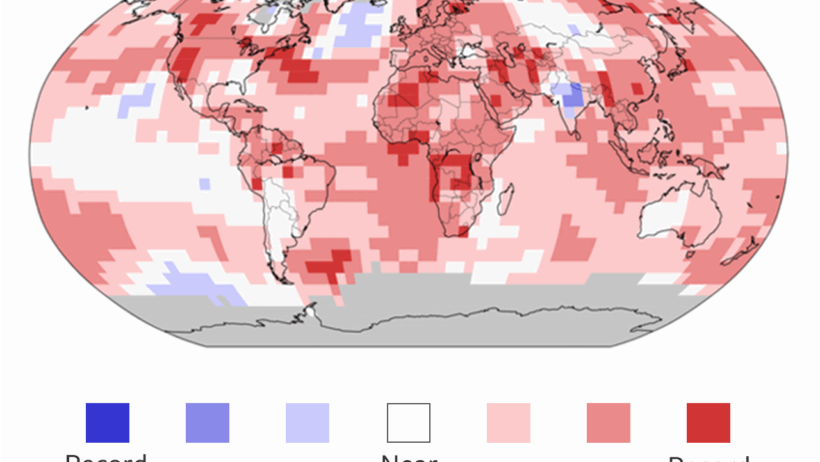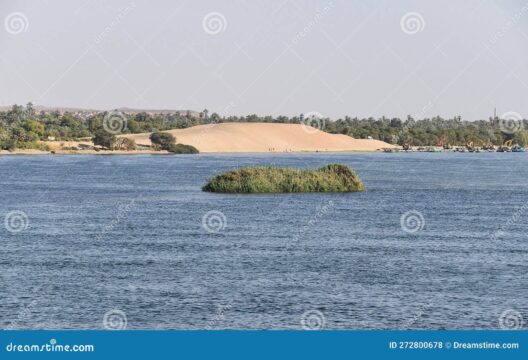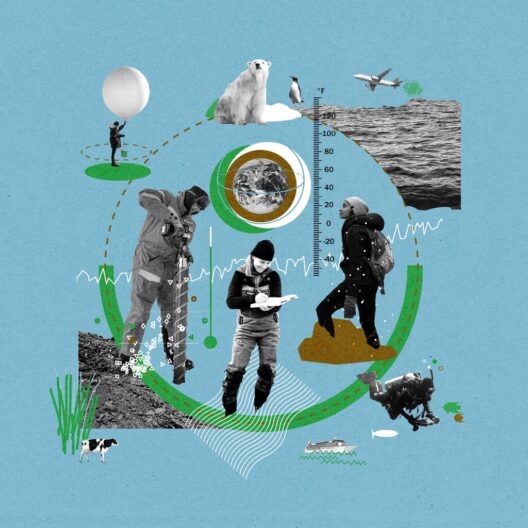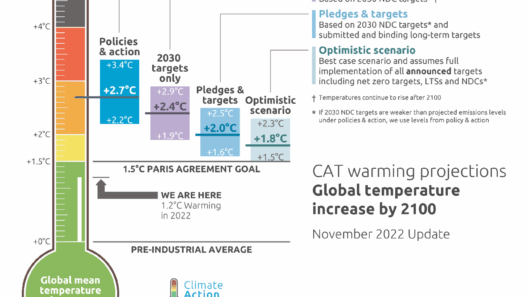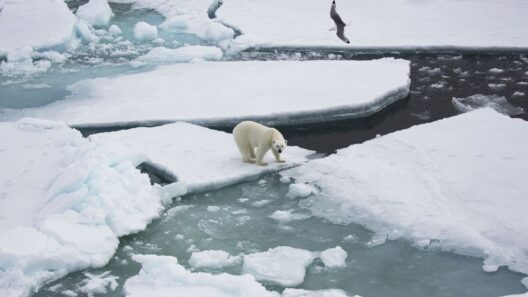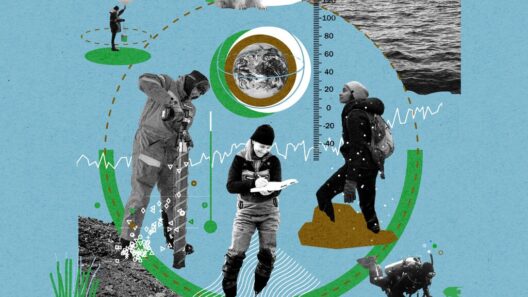Global warming, a term that evokes a range of emotions from anxiety to skepticism, fundamentally alters the dynamics of our planet’s climate system. One alarming manifestation of this phenomenon is the increasing frequency and intensity of extreme weather events, such as floods and droughts. Understanding the intricate science that underpins these occurrences offers not only enlightenment but also essential pathways to mitigating the impending crises every nation faces.
At the core of global warming lies the greenhouse effect, a natural process where certain gases in the Earth’s atmosphere trap heat from the sun. Carbon dioxide, methane, and nitrous oxide are the primary culprits, produced largely by human activities such as fossil fuel combustion, industrial processes, and agricultural practices. As these greenhouse gases accumulate, they enhance the greenhouse effect, leading to a rise in average global temperatures. This warming trend triggers a cascade of environmental changes that have profound implications for the hydrological cycle.
The hydrological cycle, or water cycle, is a system through which water evaporates, travels through the atmosphere, and returns to the surface in various forms—rain, snow, sleet, and hail. Global warming drives changes in this cycle through a series of interrelated processes. For instance, increased temperatures lead to heightened evaporation rates. The oceans, which function as the planet’s largest water reservoir, contribute to this phenomenon significantly. Warmer temperatures enable more water vapor to enter the atmosphere, intensifying weather patterns.
As air holds more moisture, it can lead to increasingly intense precipitation events in some areas, thus elevating the risk of flooding. A remarkable statistic is that for every 1 degree Celsius increase in temperature, the atmosphere can hold approximately 7% more moisture. This relationship translates to the potential for extreme rainfall and climatic events that wreak havoc on communities. Urban areas, with their concrete jungles and inadequate drainage systems, are particularly susceptible. Consequently, the already dire situation of local flooding is exacerbated, leading to catastrophic consequences, such as property destruction, ecosystem degradation, and even loss of life.
Conversely, other regions may experience an alarming scarcity of water—a condition manifesting as drought. As global temperatures rise, certain areas become victims of prolonged dry spells. The increased atmospheric evaporation not only removes moisture from the soil but also diminishes the water available for plants, agriculture, and human consumption. Regions experiencing drought endure significant stress on their water resources, often leading to a vicious cycle of crop failure, food shortages, and economic instability.
Another critical factor influencing the relationship between climate change and extreme weather is the alteration of weather patterns, including shifts in wind currents and ocean currents. These changes can dramatically affect temperature and precipitation distribution worldwide. For example, as polar ice melts due to rising temperatures, the influx of fresh water into oceans impacts oceanic circulatory systems like the Atlantic Meridional Overturning Circulation. This alteration can lead to aberrant weather patterns, making some areas wetter and others drier than historical averages.
El Niño and La Niña phenomena exemplify how ocean currents influence weather variability on a global scale. During an El Niño event, warmer ocean waters in the Pacific lead to increased rainfall in some regions and intensified dry conditions in others, creating an unpredictable weather environment that results in floods in certain areas and droughts in others. The complexity of these patterns underscores the unpredictability of climatic phenomena exacerbated by climate change.
Moreover, land use changes have a direct impact on flooding and drought incidences. Deforestation, urbanization, and unsustainable agricultural practices can lead to altered water absorption and runoff patterns. For example, deforestation reduces the ground’s ability to absorb rainfall, often culminating in increased surface runoff and subsequent flooding. In contrast, areas undergoing unsustainable agricultural practices can deplete soil nutrients and moisture, precipitating drought conditions. Such land use changes not only exacerbate extreme weather events but also compromise the resilience of ecosystems that serve as natural buffers against such events.
Climate change thus emerges as a multilayered challenge. While it is easy to perceive floods and droughts as isolated events, they represent complex outcomes of the environmental shifts induced by rising global temperatures. The interconnectedness of atmospheric conditions, hydrological cycles, land use patterns, and oceanic behaviors paints a stark picture of the future unless humanity pursues immediate and profound action.
Adapting to the inevitable changes wrought by global warming will necessitate widespread strategies, ranging from sustainable land management practices to the development of advanced infrastructures capable of coping with extreme weather. Investment in renewable energy sources must take precedence, alongside efforts to reduce greenhouse gas emissions. Furthermore, communities must explore innovative agricultural techniques, such as drought-resistant crop varieties and improved irrigation methods, ensuring food security amid unpredictable climatic conditions.
In conclusion, the science behind how global warming drives floods and droughts is complex yet crucial for grasping the urgency of the present climate crisis. The paradigm shift required to combat these phenomena emphasizes the need for an integrated approach encompassing environmental stewardship, infrastructure resilience, and global cooperation. As the fabric of Earth’s climate continues to unravel, the onus rests on both individuals and policymakers to foster a sustainable future, where we respect the delicate balance between human activity and nature’s intricate systems.
